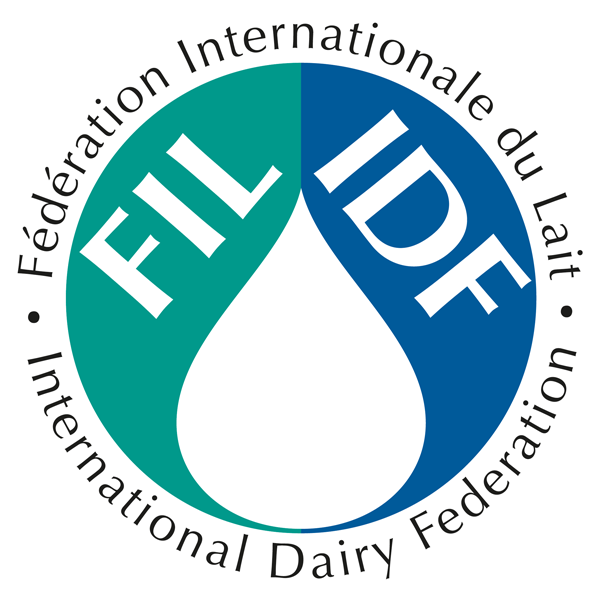Bulletin of the IDF N° 369/2001 - Cheeses in all their Aspects - Detection of antibiotic residues in liquid whey and demineralized whey powders - Safety performance criteria for a microbiocidal step (treatment)
Couldn't load pickup availability
Document info
| pages | 47 |
|---|---|
| published date | 24 March 2001 |
| reference | Bulletin of the IDF No. 369/2001 |
Publication description
Cheeses in all their Aspects
An eclectic assembly of topics formed the programme of the IDF Analytical Week symposium in San Pellegrino (Italy) in 2001.
Traditional local cheese production (Giangiacomo and Pagani) illustrates the link between the cheese and geography and climate, race of animal etc in local production.
Cheese ripening
General mechanisms and specific cheese varieties (Ardö). Analysis of casein components, peptides and amino-acids characterizes the ripening. Unique criteria can be established for specific cheese varieties.
Casein in relation to cheese (Boutrou and Gagnaire). Different cheesemaking processes, coagulants and starter strains produce different casein matrices. Different cheeses result from different forms of proteolysis and from differences in interaction between the components of the casein matrix.
Factors associated with hygienic control and quality of cheese prepared from raw milk (Donnelly) summarizes earlier reviews of epidemiological literature on human illness outbreaks involving such cheeses and considers what is known about the technological background to the cheeses in question. Stress adaptation of raw milk pathogens in the cheesemaking environment is considered. Environmental contamination appears to be a greater threat.
Sampling of cheese (Lamprecht). Cheese is an inhomogeneous product. Furthermore there is a requirement to provide a sample of cheese "as it is usually consumed" but this requirement cannot be achieved in practice. It is proposed to report on how the sampling has been accomplished in a transparent fashion.
Tasting the cheese and sensory analysis (Giorno) introduces the concepts of brain function in relation to sensory perception and an approach to the process of purchase choice. Communicating the characteristics determined for a cheese is considered, as well as the transfer from one language (and culture) to another.
32 pp
Detection of antibiotic residues in liquid whey and demineralized whey powders
J-M Diserens, A Beck, M-C Savoy-Perroud, W Heeschen & G Suhren
While tests exist for the detection of antimicrobial agents in milk and milk derivatives, in practice the interpretation of the results frequently presents a difficulty because the history of the process from raw material to product cannot be traced and the performance criteria of the analytical procedure are insufficiently well-known. The study of several methods described here indicates that before methods are applied their performance characteristics must be established.
10 pp
Safety performance criteria for a microbiocidal step (treatment)
IDF Task Force on Alternatives to traditional heat treatments
The Task Force’s report establishes safety performance criteria for treatments for producing safe drinking milk and dairy products, in comparison with pasteurization. A 9-step process is described to achieve the establishment of adequate process criteria for a microbiocidal step.
3 pp


